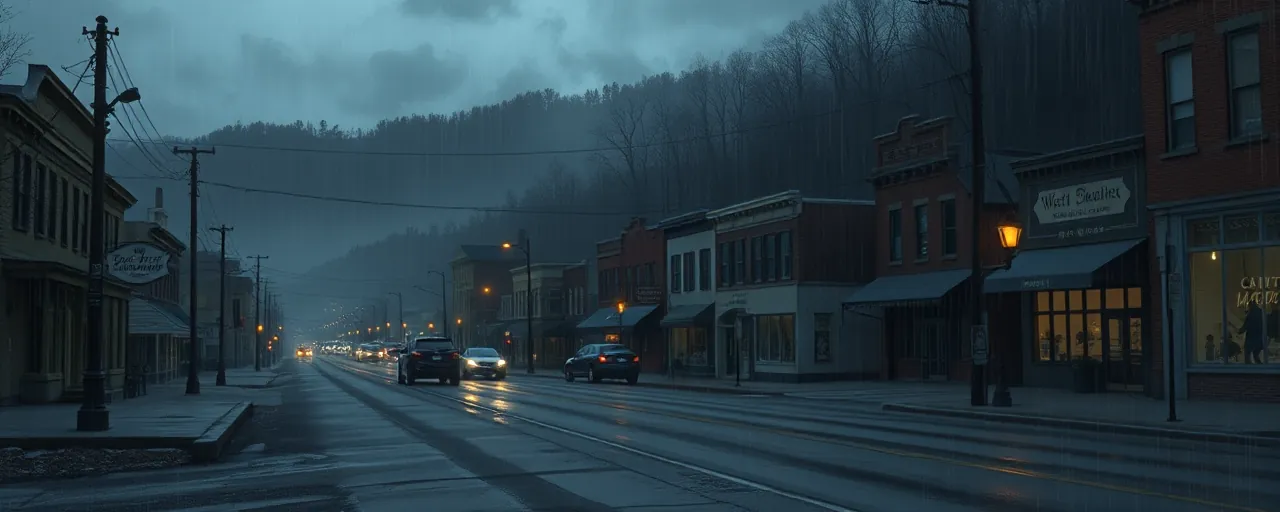A Sentence Handed Down
Ronald Lavaughn Mason, a 46-year-old from Beckley, West Virginia, walked into a federal courtroom on April 4, 2025, and left with an 11-year-and-eight-month prison sentence. The charge? Leading a conspiracy to distribute fentanyl and cocaine base, known on the streets as 'crack.' For Mason, it’s the latest chapter in a long run-in with the law, one that’s landed him behind bars before. This time, he admitted to orchestrating a drug trafficking organization that flooded Beckley and surrounding areas with dangerous substances in the spring of 2024.
The case grabs attention not just for the sentence, but for what it reveals about the persistent grip of drug networks in small-town America. Mason’s operation wasn’t a lone venture. It involved at least 11 others, all tied to a web of distribution that stretched across the Southern District of West Virginia. Federal and local authorities, after months of surveillance and intercepted calls, brought it down. But the story doesn’t end with one man in cuffs; it’s a window into a broader struggle playing out nationwide.
The Mechanics of the Trade
Court records paint a vivid picture of Mason’s role. In April and May 2024, he coordinated deals over the phone, arranging sales of fentanyl and crack with a network of distributors. Sometimes he delivered the goods himself; other times, buyers swung by his Beckley home to pick them up. One transaction stood out: on April 9, law enforcement watched him sell a half-ounce of drugs to Tilford Joe Bradley Jr. in a car in Beaver, knowing Bradley would pass them along to others.
The operation unraveled on May 30 when officers raided Mason’s residence. They hauled out 540 grams of cocaine, 324 grams of a fentanyl analogue, 228 grams of fentanyl, and over $10,000 in cash. Mason owned up to it all, admitting he planned to keep the pipeline flowing. Alongside him, 11 others faced charges in a 12-person indictment spanning June 2023 to May 2024. Every one of them pleaded guilty, a testament to the evidence piled up by investigators.
A Community Under Siege
Beckley, a city of fewer than 17,000, sits in a state long battered by the opioid crisis. Fentanyl, a synthetic opioid far deadlier than heroin, has fueled overdose deaths here and across the U.S., claiming lives at a staggering rate among those aged 18 to 49. In West Virginia, it was linked to 76% of overdose deaths in 2021, a number that’s climbed from years prior. Methamphetamine, too, has carved out a deadly niche, with addiction tearing at the fabric of towns like this one.
The impact goes beyond body counts. Healthcare systems strain under the weight of overdose cases, while employers grapple with a shrinking workforce. Yet there’s a flip side: the state has seen a 27.9% drop in overdose deaths from August 2023 to August 2024, outpacing the national decline. Efforts like naloxone distribution and recovery programs signal hope. Still, Mason’s case shows how drug trafficking organizations exploit vulnerabilities, keeping communities on edge.
The Law’s Response
This bust didn’t happen in a vacuum. It’s part of a broader push by the Department of Justice’s Organized Crime Drug Enforcement Task Force, a program dating back to 1982. The task force pools federal agents, prosecutors, and local police to target high-level trafficking networks. In this case, the FBI, ATF, and a Beckley-area drug unit teamed up, using wiretaps and surveillance to dismantle Mason’s crew. It’s a strategy that’s notched arrests and seizures nationwide, aiming to choke off supply lines.
Sentencing reflects the stakes. Mason’s prior drug convictions, both federal, bumped his penalty higher. Federal data show drug trafficking cases tied to overdoses average 149 months behind bars, nearly double the 76 months for those without. Advocates for reform argue sentencing disparities linger, pointing to historical policies like the 1986 Anti-Drug Abuse Act. Others say stiff penalties deter repeat offenders. Either way, Mason’s 140-month term lands squarely in that tension.
Looking Beyond the Bars
The takedown of Mason and his 11 co-defendants marks a win for law enforcement, but it’s a fleeting one. Drug trafficking organizations, from local outfits to cartels like Sinaloa, adapt fast, franchising networks into rural pockets like Beckley. Seizures reveal the scale: millions in drugs and cash confiscated yearly, yet the flow persists. The High Intensity Drug Trafficking Areas program, another federal effort, claims $68 in benefits per dollar spent, disrupting supply through coordination. But demand keeps the machine humming.
West Virginia’s fight offers a glimpse of what’s possible. Alongside enforcement, harm reduction has gained traction, with naloxone kits reversing overdoses and recovery initiatives linking people to treatment. The state’s progress suggests a dual approach, enforcement paired with care, might chip away at the crisis. Mason’s story, though, underscores a hard truth: each bust peels back layers of a problem that’s nowhere near solved.
